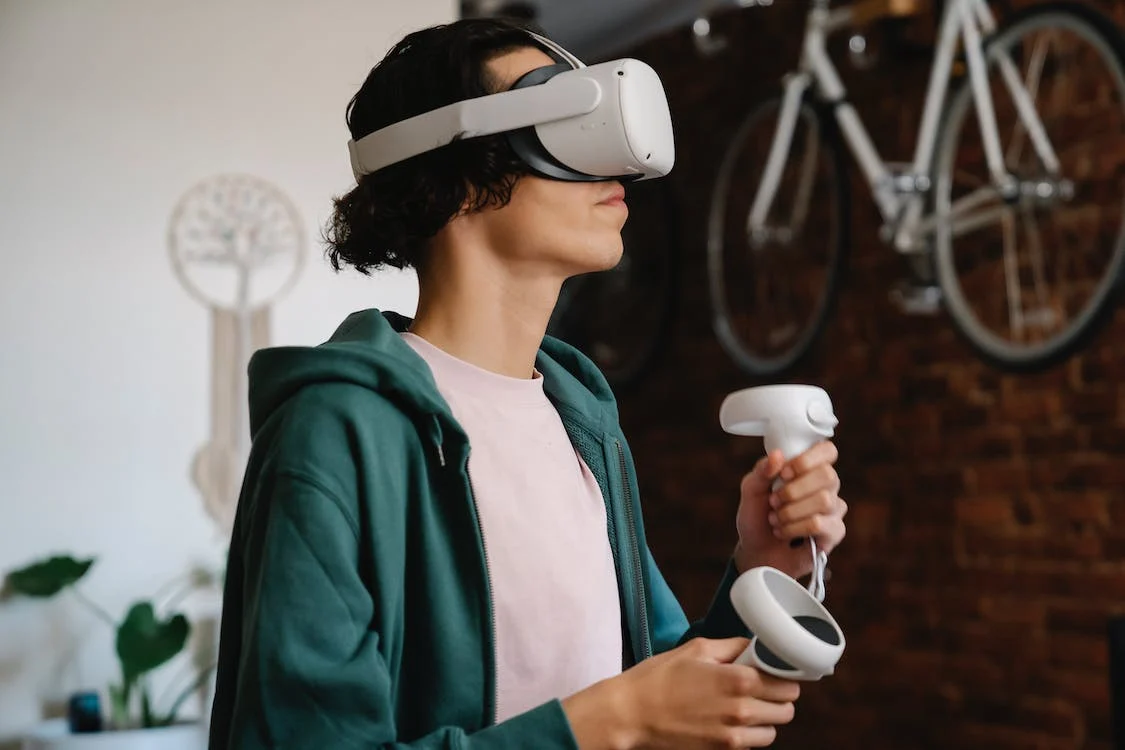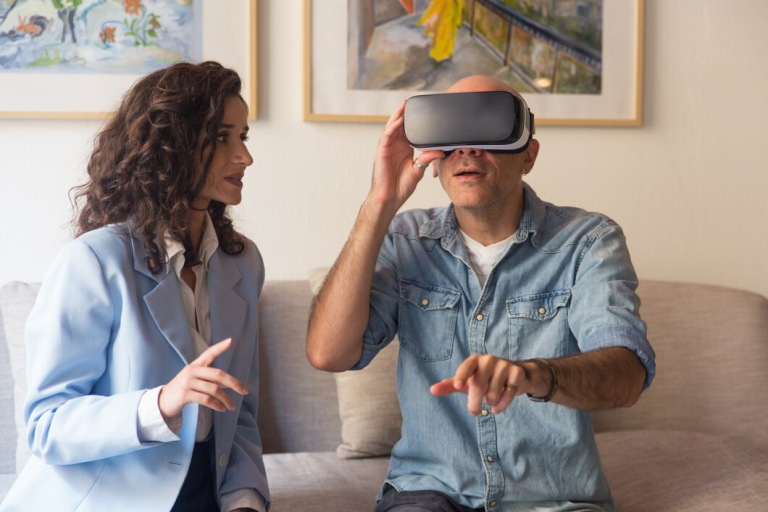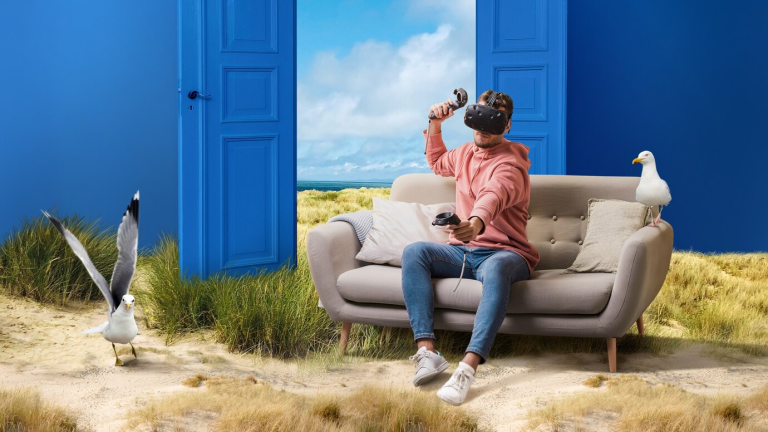At VRchitects, we’ve embraced Virtual Reality (VR) as a transformative tool in architectural planning and design. I’m Maor Greenberg, and I’m excited to share how VR is reshaping our approach to architecture, offering unparalleled benefits in envisioning and realizing complex projects.
Enhanced Visualization with VR
VR technology has revolutionized the way architects visualize spaces. This immersive technology allows both designers and clients to experience a space as if they were physically present, long before construction begins.
Immersive Design Experience:
- Realistic Previews: VR provides a life-like preview of architectural designs, enabling a thorough exploration of spaces.
- Interactive Elements: Users can interact with the virtual environment, gaining a deeper understanding of the design.
Improved Communication and Collaboration
One of the most significant benefits of VR in architecture is its ability to enhance communication between architects, clients, and stakeholders.
Facilitating Clearer Discussions:
- Shared Experiences: VR creates a common ground for discussion, allowing all parties to ‘walk through’ the design together.
- Clarifying Design Intent: It helps in effectively conveying the architectural vision, reducing misunderstandings.
Cost Efficiency and Risk Reduction
VR technology significantly reduces the risks associated with architectural design and construction, leading to cost savings.
Minimizing Cost Overruns:
- Early Error Detection: Identifying and addressing design issues early in the VR model prevents expensive alterations during construction.
- Streamlined Resource Allocation: VR allows for better planning of materials and labor, reducing waste.
Enhanced Client Satisfaction
Using VR in architectural planning and design leads to higher client satisfaction due to the collaborative and immersive nature of the technology.
Boosting Client Confidence:
- Personalized Experiences: Clients can visualize and tailor spaces to their preferences, leading to a more personalized final product.
- Informed Decisions: VR aids clients in making informed decisions, increasing their satisfaction with the end result.
Sustainable Design and Planning
VR also plays a crucial role in sustainable architecture, allowing for more thoughtful and environmentally friendly design choices.
Promoting Eco-Friendly Practices:
- Virtual Prototyping: Reduces the need for physical models, lowering the carbon footprint.
- Energy Modeling: Helps in simulating and optimizing energy use and sustainability features.
Conclusion
At VRchitects, we are passionate about harnessing the power of VR in architectural planning and design. This technology not only enhances our design capabilities but also offers a range of benefits from improved communication to cost efficiency and client satisfaction. As we continue to innovate, VR remains a cornerstone of our approach, shaping the future of architectural design.






